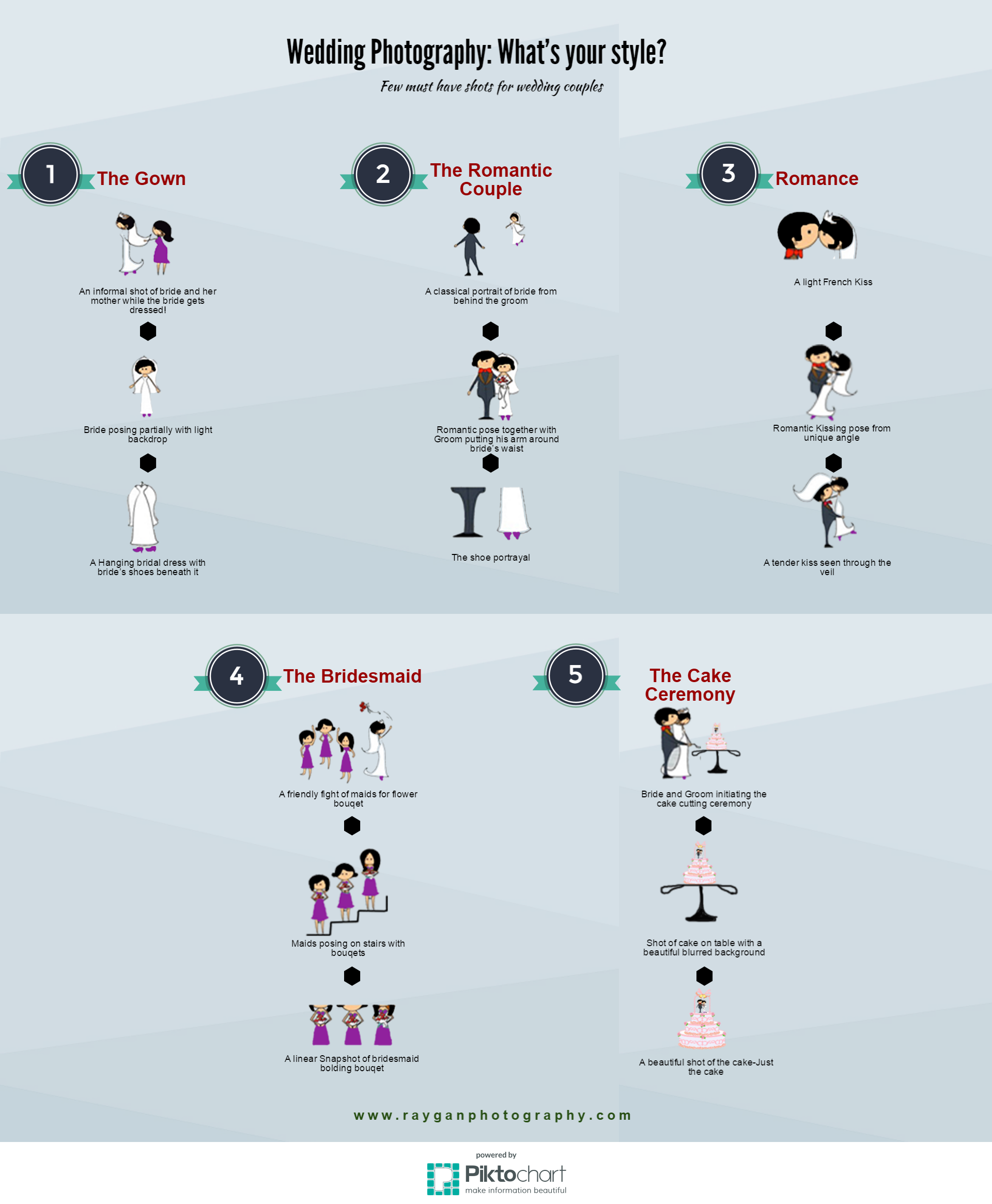Digital Photography Tips For Beginners: Mastering Your Electronic Camera Quickly
Digital Photography Tips For Beginners: Mastering Your Electronic Camera Quickly
Blog Article
Developed By-Lundgreen Bryant
When you initially get your cam, it can feel overwhelming with all the settings and alternatives offered. You could find yourself asking yourself how to navigate aperture, shutter speed, and ISO successfully. Understanding these basics is critical, however there's more to digital photography than simply technical knowledge. Understanding make-up techniques and lights problems can elevate your photos drastically. So, what happens if you could learn simple approaches to improve your abilities and begin catching remarkable images earlier than you assume? Let's explore just how to transform your photography trip.
Recognizing Camera Setups
Understanding your electronic camera settings is essential for capturing sensational images. When you pick up your camera, familiarize on your own with the 3 primary setups: aperture, shutter rate, and ISO. Each plays a crucial duty in exactly how your pictures end up.
Start with aperture, which manages the amount of light going into the lens. A bigger aperture (reduced f-number) lets in extra light and develops a stunning history blur, perfect for pictures. Conversely, a narrower aperture (greater f-number) maintains more of the scene in emphasis, suitable for landscapes.
Next off, focus on shutter speed. This setting identifies for how long your cam's sensing unit is subjected to light. A fast shutter speed freezes activity, which is fantastic for action shots, while a sluggish shutter speed can produce spectacular results like smooth water in landscapes.
Finally, change your ISO. This setup impacts your camera's level of sensitivity to light. A higher ISO serves in low-light situations but can present sound or grain. Aim for the most affordable ISO possible while still accomplishing proper direct exposure.
Composition Methods
When you're out shooting, make-up can make all the distinction in how your images resonate with visitors. Start by using the regulation of thirds; picture your frame divided into 9 equivalent areas with two straight and two upright lines. Setting key elements along these lines or at their crossways to produce equilibrium and rate of interest.
Next, think about leading lines. These all-natural lines in your scene, like roadways or rivers, attract the customer's eye into the photograph, leading them with the story you're telling.
Don't forget mounting; usage elements within your scene, like trees or home windows, to produce a frame around your topic, adding deepness and focus.
Also, keep an eye on your history. A messy background can distract from your major topic, while an easy one assists it stand out.
https://zenwriting.net/christin849shirlee/easy-ways-to-improve-your-picture-photography but not least, try out balance and patterns; they can create a striking image that captures interest.
Learning Illumination Conditions
Understanding lights conditions is vital for recording spectacular photos, as the right light can transform a normal scene into something phenomenal.
Beginning by observing natural light at various times of the day. Early mornings and late afternoons use the best light, known as the gold hour. The soft, warm tones throughout these times can boost your images wonderfully.
Don't avoid overcast days either; diffused light can minimize extreme darkness and produce a pleasing effect, especially for pictures.
Experiment with backlighting by positioning your topic against the light source. This method can produce a wonderful halo impact and include depth to your photos.
Take notice of your video camera settings too. Change the ISO, aperture, and shutter rate to fit the illumination problems. A greater ISO can aid in low light, yet be cautious of grain.
Utilize a tripod in darker settings to avoid blur.
Lastly, do not fail to remember synthetic lighting. Flash and continuous lights can be fantastic devices for managing light in challenging problems.
Verdict
Finally, understanding your cam doesn't need to be frustrating. By recognizing your setups, using structure strategies, and taking advantage of the power of all-natural light, you'll rapidly elevate your photography abilities. Keep in Get Source , practice makes excellent, so get out there and trying out your newly found expertise. With time and dedication, you'll be recording sensational photos that mirror your unique viewpoint. Enjoy the journey, and do not neglect to enjoy while you go to it!
